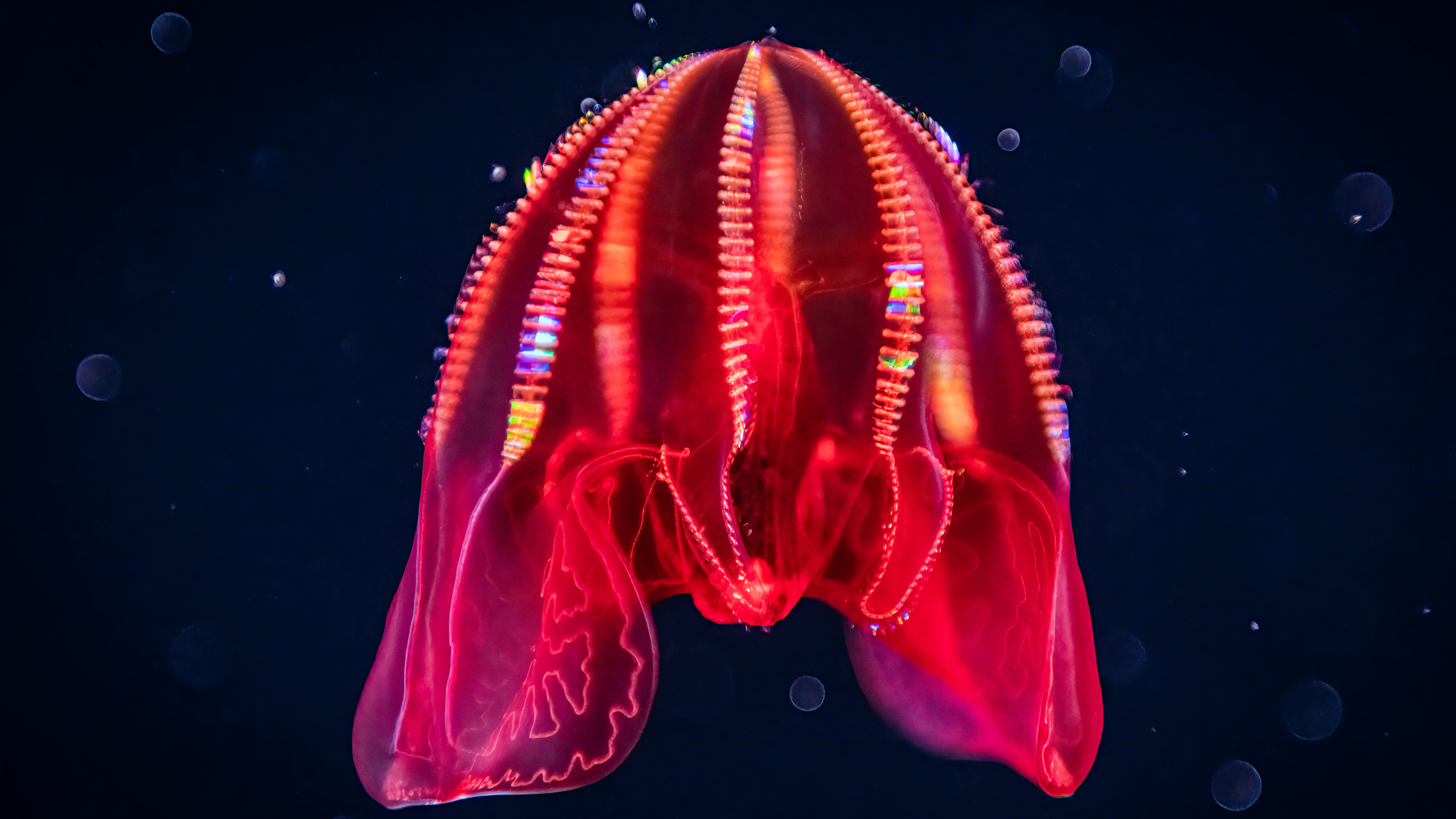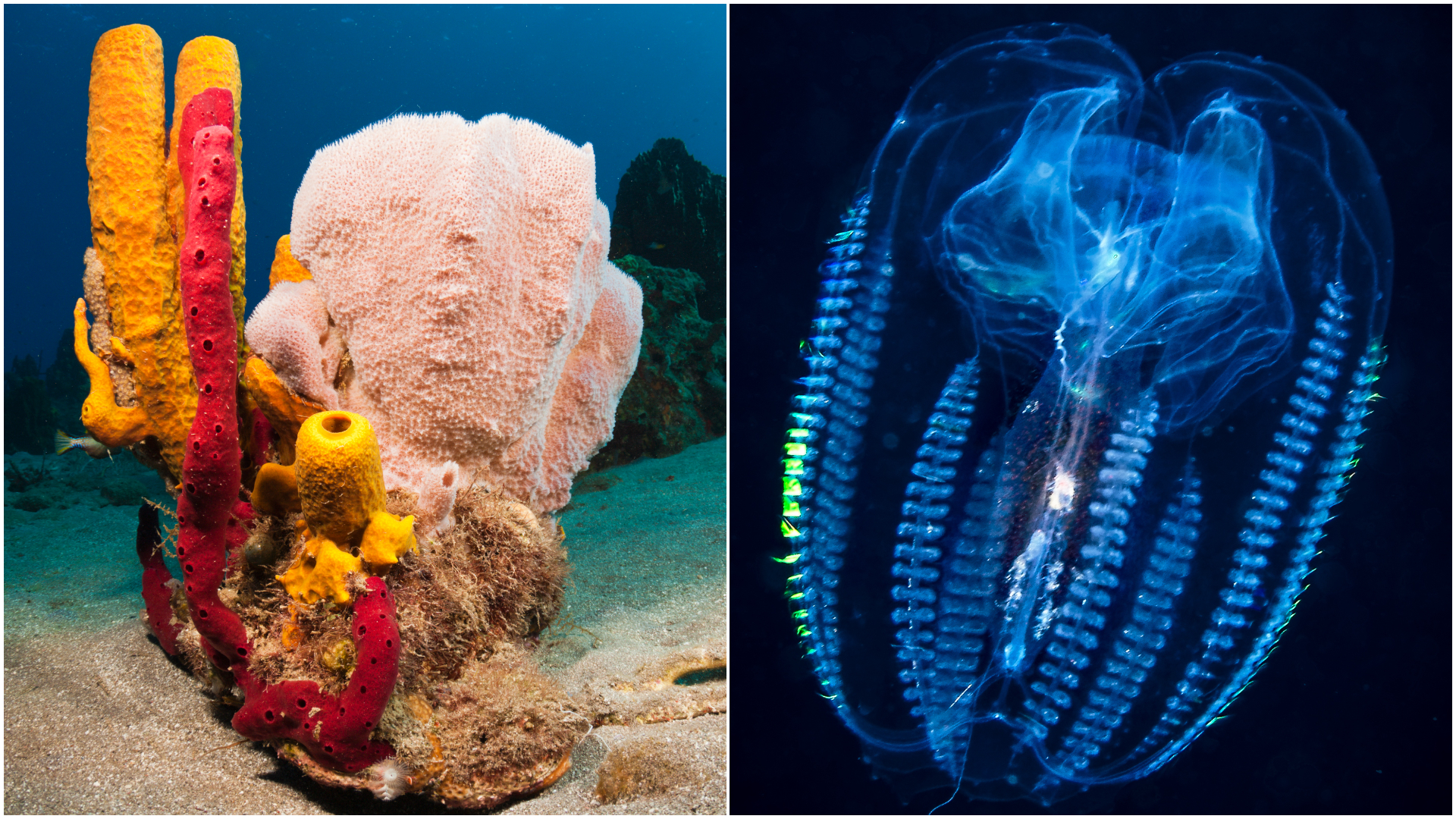Decades-old question surrounding the start of the tree of life could finally be solved
Scientists use a novel application of chromosomal analysis to finally answer a question that has challenged biologists for over a century.

After decades of debate, scientists believe they have identified the most recent ancestor of the sister to all animals via the novel use of an analytical technique. The finding settles a central question about the evolution of the entire tree of animal life.
All animal life is descended from a single common ancestor — a multicellular organism that most likely lived more than 600 million years ago. This ancestor had two offspring; one that led to the evolution of all animal life, and another that is referred to as the sister to all animals.
In the quest to identify which living animals are most closely related to this sister group, scientists have narrowed down the possibilities to two candidates: sea sponges and comb jellies (ctenophores). Conclusive evidence to support either candidate, however, has remained elusive.
Now, a new study published May 17 in the journal Nature has resolved this long-running debate with the novel use of chromosomal analysis.

The solution came while Darrin T Schultz, lead author and current postdoctoral researcher at the University of Vienna, and a multi-institutional team were sequencing the genomes (the complete set of genetic information) of comb jellies and their close relatives to understand more about their evolution.
Related: Alien-like comb jellies have a nervous system like nothing ever seen before
Rather than comparing individual genes, the team looked at their positions on chromosomes across species. While changes to DNA occur over the course of evolution, genes tend to remain on the same chromosome. On rare occasions of fusion and mixing, genes transfer from one chromosome to another in an irreversible process. Schultz compares this to shuffling a deck of cards. If you have two decks of cards and you shuffle them, they become mixed. "Once mixed, you can’t unmix it in the way it was before, the probability of that is almost impossible," Schultz told Live Science.
Sign up for the Live Science daily newsletter now
Get the world’s most fascinating discoveries delivered straight to your inbox.
In other words, once a gene has moved from one chromosome to another, there is almost zero chance of it appearing in its original position again further down the evolutionary line. By looking at the large-scale movement of groups of genes across animal groups, Schultz and the team were able to gain important insights into the family tree of these animals.
The team found 14 groups of genes that appeared on separate chromosomes in comb jellies and their single-celled, non-animal relatives. Interestingly, in sponges and all other animals, these genes had rearranged into seven groups.
Given that the DNA of the comb jellies holds the gene groups in their original position (prior to rearranging into the seven groups) it is indicative that they are descendants of the sister group that broke from the animal family tree, before the mixing occurred.
Further, the gene location rearrangements that were common to both sponges and all other animals suggest a shared ancestor from which these rearrangements were inherited. The findings, therefore, resolve the controversial question over the lineage of the entire animal tree of life.
Since the ancestors of comb jellies and sponges branched off from the family tree, their modern descendants have continued to evolve, so we cannot use this information to indicate what the first animals exactly looked like. However, scientists believe there is significant value in studying these modern animals in light of this new information about their lineage. "If we understand how all animals are related to one another, it helps us understand how animals evolved the things that make them animals," Schultz said.
Sarah Moore is a freelance science writer. She has an MSc in neuroscience and a BSc in psychology from Goldsmiths College, University of London. Sarah has experience in academic research and has worked in medical communications with top pharmaceutical companies. As a freelancer, she has contributed work to a wide range of publications. Sarah loves to write on all areas of science, from healthcare to nanotechnology but she is especially intrigued by the workings of the human brain.











